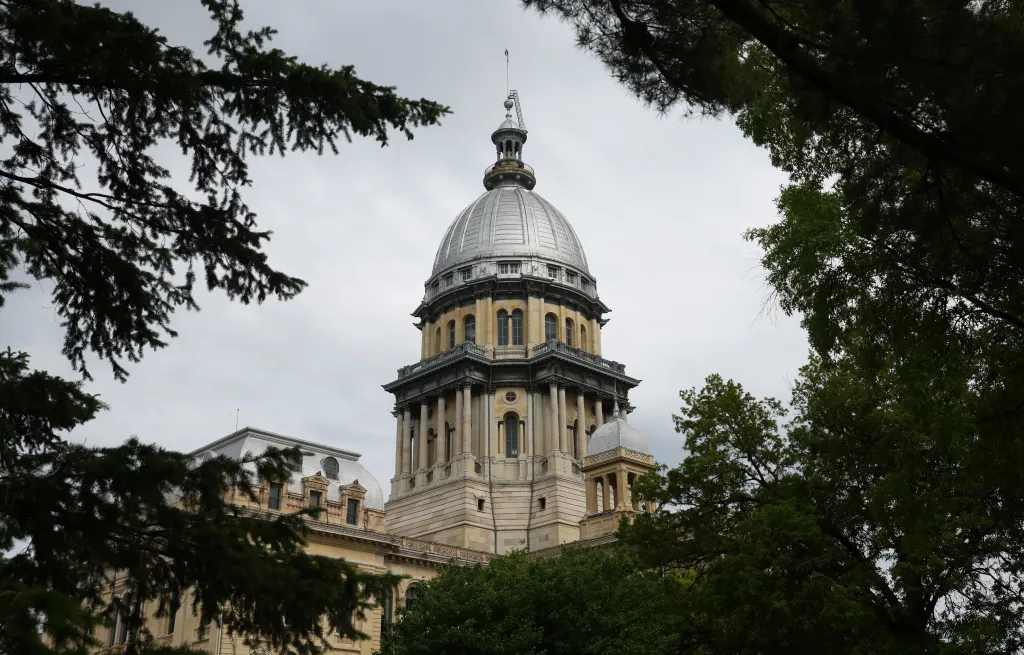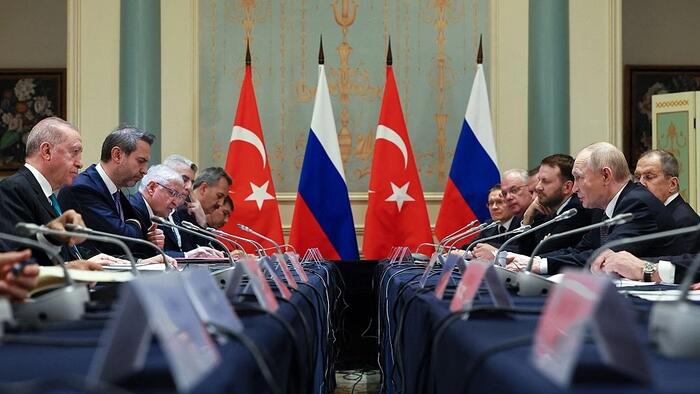
The summer heat in Chicago and Illinois has dissipated, but the debate around our eye-watering electric bills shows no signs of cooling off.
Virtually all of us paid far more than last year to keep the air conditioners humming over the summer months, a result of spiking power prices as demand for electricity surges due in large part to the high consumption of data centers. Those sprawling hubs — being developed by tech giants like Amazon, Meta and Google — are needed to support the growing needs of artificial intelligence. People whose pocketbooks already are strained by inflation in other areas of their economic lives are fuming, and politicians are responding in kind.
We warned about a year ago that Illinois was facing a looming electricity crisis. We were met at the time with skepticism in some quarters and pushback in some others, including from Gov. JB Pritzker.
Fast-forward to July, and Pritzker’s tune had changed.
He issued a news release calling on PJM Interconnection — the multistate grid operator whose region includes northern Illinois — to address the “energy affordability crisis.”
We’re glad to see Illinois political leaders acknowledge there’s a problem, even if later than was optimal. And they intend to act on it, likely next month. That’s when the governor and fellow Democrats in the General Assembly are quite likely to take up wide-ranging legislation that, among other things, would promote the development of utility-scale battery storage projects — an important component to making wind and solar farms more useful in responding to high-demand periods like heat waves.
The measure, as it’s shaping up, looks to us in many respects to meet the moment. Most importantly, it provides a clearer path to addressing the shortcomings of Pritzker’s landmark Climate & Equitable Jobs Act, the 2021 clean-energy law that unwisely imposed hard deadlines for the closure of natural gas-fired power plants that have been — and continue to be — critical to keeping the lights on in Illinois when demand peaks. (More on that later.)
Even if lawmakers take action now, there is unlikely to be short-term relief for consumers. Over the next few years, they likely will face further electric bill increases, at least based on current market signals. A deep recession could lower prices, but nobody wants a deep recession.
But there are significant intermediate concerns — as soon as 2030 — about having enough power supply to meet demand; the first priority for policymakers is to ensure we don’t have rolling blackouts during peak periods.
We met last week with advocates for the energy-storage industry, which for several years has been lobbying for government assistance to jump-start battery development in Illinois. These projects enable the storage for several hours each day of electricity generated by intermittent sources like wind and solar. They’ve proved effective in states like Texas in helping to meet the highest-demand hours of the day during heat waves and cold snaps.
For example, wind power generated in the early-morning darkness, when the wind tends to blow hardest, can be stored and then dispatched to the power grid after the sun rises when people and businesses begin their day and turn on lights and appliances.
Storage developers say they need long-term power-sales contracts with utilities, negotiated by the state on behalf of ratepayers, to get their projects financed. The cost of these competitively bid contracts would show up as a line item on all electric bills (there are already similar line items for nuclear plants, renewable facilities and energy-efficiency programs). The idea is that consumers would benefit down the road from the increased supply.
We admit: It’s not ideal having yet another line item favoring a specific type of energy resource on ComEd bills (and Ameren bills downstate). But, crucially, the arrangements would set a specific price for the battery contracts, with ratepayers given a credit on their future bills if developers obtain a higher price from the market and assessed a charge on their bills if not.
That’s the arrangement Pritzker smartly achieved with the Illinois nuclear plants that had threatened to close without state help, and it’s worked out great for ratepayers. Market conditions improved for the owner of the plants, Constellation Energy, and on a net basis ratepayers have been credited some $600 million since 2022, when the nuke rescue provisions took effect.
You think this summer’s ComEd bills were high? They would have been noticeably worse without those credits.
We feel confident ratepayers would come out OK under a similar arrangement with the battery developers. And we need these projects. Texas, which not long ago faced imminent concerns about inadequate power supplies and is hardly a hotbed of “Green New Deal” adherents, has been the nation’s most aggressive builder of storage and is managing its power needs more ably in part due to the flexibility they provide.
Opponents, such as the Illinois Manufacturers Association and the Illinois Industrial Energy Consumers, have proposed as an alternative to ratepayer subsidies that developers be given access to state-backed loans provided by the Illinois Finance Authority. But we think that saddling state government with default risk on these projects, even if remote, isn’t prudent.
As to the potentially premature closing of gas-fired power plants mandated by the 2021 clean-energy law, the pending bill would give regulators at the Illinois Commerce Commission the ability to order some or all of those plants to continue running if they’re needed. This authority comes in an “integrated resource planning” section that gives the regulators far broader authority than they have under current law to plan for the reliability needs of Chicagoland and downstate.
To be clear, there are risks to giving bureaucrats so much power and responsibility; we aren’t entirely comfortable. Illinois took away such central-planning tools from the ICC in 1997, when it deregulated the power-generation business, and since that time various iterations of the commission often haven’t served consumers well.
But the alternative is that every few years Springfield is compelled to address the state’s energy needs, now becoming a far more frequent occurrence as the power-industry landscape has become more changeable. We’ve seen the opportunities for corruption that leaving this technical and complex business to legislators offers. Look no further than the federal courthouse in downtown Chicago, where a jury convicted former House Speaker Michael Madigan of multiple felonies tied to dealings with ComEd.
The lesser evil to our minds is giving regulators the ability to respond more quickly to shifting market realities. If these provisions become law, governors from here on out will have to be more diligent than they’ve been about their appointments to the five-member ICC, which in years past too often has been a repository for the politically connected.
Last but not least, we’re cheered that Illinois appears to be on the cusp of lifting its nearly 40-year-old moratorium on the construction of new base-load nuclear plants. The 50-plus-year saga of Illinois’ fleet of nukes — the largest in the nation — has been rife with costly mistakes. But those facilities are a clear asset to the state today.
We’re unlikely to see a new plant on the scale of, say, the Byron station near Rockford built here anytime soon for economic reasons. But there’s no reason for state law to forestall the possibility.
For the first time in many decades, electricity prices are shaping up to be a front-line political issue in the coming midterm elections — not just in Illinois, but nationally. Pritzker took ownership of the issue in Illinois in 2021 with his green-energy law. It’s time for him and the rest of Springfield to act.



